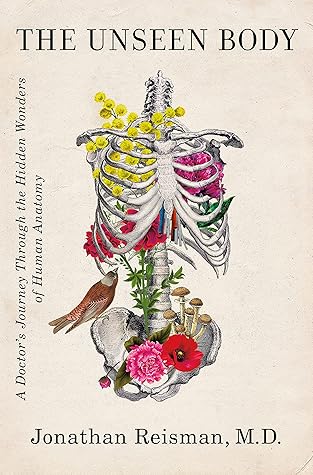More on this book
Kindle Notes & Highlights
Read between
February 28 - March 28, 2025
We each begin fetal life as a flat, microscopic disk of cells that, just a few weeks after conception, rolls itself, crepelike, into a tube. This roll creates the human body’s basic blueprint: a tube with an entrance at one end and an exit at the other. The body grows and embellishes itself from that starting point, its structural complexity soaring. But the original tubular configuration remains throughout life.
In heart attacks, minutes matter, but in cardiac arrest, it’s the seconds that count. Cardiac arrest, also called a “code blue,” is the most urgent emergency in all of medicine, which is why it is the only diagnosis announced over a hospital’s overhead speakers. When other organs stop working, death usually follows in minutes, hours, or days—the body can sometimes live for years after brain death—but when cardiac arrest occurs, death technically happens in that same instant. The death of our hearts is death.
During its journey, food turns into stool, acquiring its typical brown color from the by-product of red blood cell breakdown,
We defecate and clean ourselves afterward not only in a cultural context but also in a socioeconomic one. Traveling in India put on stark display for me the class ramifications that surround how we use the bathroom. I had initially assumed that all Indians’ bathroom habits were the same, but later in my trip, I learned that KK and some of the other Indian students could not squat. Like other well-off Indians, they grew up using “Western” toilets instead of squatting over holes in the ground. KK’s ankles and knees refused to bend—even mine were more flexible—forcing him to rest on the balls of
...more
Perhaps dogs and other animals that eat feces are not brutish and barbarous, as most of us would presume, but instead engaging in a healthful practice of sharing microbiomes, a strategy from which humans might learn a lot—but only if we can get past what our society has conditioned us to see as gross.
But as we age, our brains shrink, a process that is sped up in alcoholics and those suffering from strokes.
But as a first-year medical student, I often wondered why the solutions doctors infuse through patients’ IVs were always salty. After all, human life seems dependent on fresh water with virtually no salt in it. Fresh water is the only kind of fluid that quenches our thirst, waters our crops, and bathes our bodies. But if I infused the same fresh, saltless water into my patients’ veins, it would be toxic, quickly causing blood cells to burst and the brain to swell, leading to seizure, coma, and death.
In illness, the kidneys work overtime to accomplish this task, struggling in the face of dehydration to keep blood high in sodium and chloride and low in potassium—roughly the same salt proportions as the world’s oceans. Humanity’s ancestors first evolved in the sea and subsequently crawled out to take up residence on dry land, but each human body still carries the ocean inside it.
fat acts like an endocrine organ and secretes hormones that can promote clot formation.
invaginations
the extracellular matrix, or ECM, the fibrous and gelatinous substance fills all of the body’s interstices, surrounding cells like the body’s packing peanuts enveloping fragile objects for shipping. If cells are the body’s bricks, then this mucus-filled network running throughout the entire body is the mortar.
The ground substance is like the dark matter of the human body—foundational yet forgotten, until recently.
The “fact” that our bodies are made mostly of water is misleading. What we are actually made of is mucus.
It similarly flows through the lungs, where it picks up oxygen for distribution, and this is where blood turns red—it is rich in iron, and when exposed to oxygen, it turns the same color as a piece of metal rusting in the air outside.
Blood then un-rusts back to blue before returning once again to the lungs to re-rust in a lifelong, continuous cycle.


